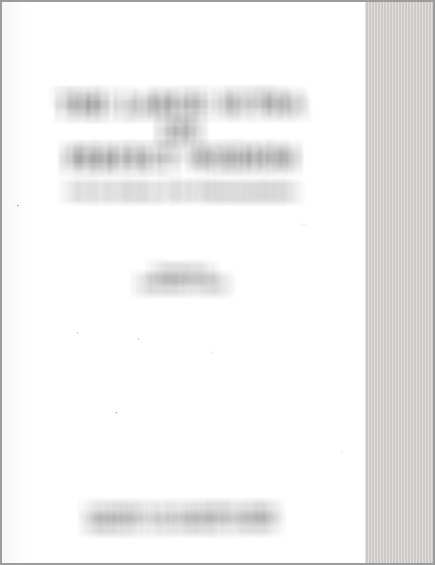Cosmetics, Costumes and Ornaments in Ancient India
by Remadevi. O. | 2009 | 54,177 words
This page relates ‘Upper Garments (m): Pravaraka or Pravara (covering)’ of the study on cosmetics, costumes and ornaments of ancient India based on Sanskrit sources. Chapter one deals with cosmetics and methods of enhancing beauty; Chapter two deals with costumes, garments and dresses; Chapter three deals with ornaments for humans and animals. Each chapter deals with their respective materials, types, preparation and trade, as prevalent in ancient Indian society.
2.1. Upper Garments (m): Prāvāraka or Prāvāra (covering)
Prāvāraka is also known as Prāvāra. Literally it means a covering. According to some scholars, Prāvāraka is a cloak, while in some others view; it is a shawl worn in the same manner a modern ‘Duppatta’ is worn. Pāṇini[1] describes Prāvāra as a blanket. According to Kauṭilya[2], Prāvāra is a sort of blanket made of the wool of wild animals. Wool made Prāvāra is mentioned by Daṇḍi[3] and Bhāsa[4]. Mahābhārata[5] also alludes to Prāvāra. In Mṛcchakaṭika[6], we read of Vasantasena’s brother wearing a Prāvāraka of silk. In another place, Vasantasena’s[7] mother wearing a Puṣpaprāvāraka is mentioned. It may either a Prāvāraka, embroidered with patterns of flowers or one having flowers woven on it. Prāvāraka having several fringes and tassels is also referred to there.
Footnotes and references:
[1]:
Aṣṭādhyāyī, 3.3.54
[2]:
II.11.107
[3]:
Avantisundarīkathā, p.36
[4]:
Svapnavāsavadatta, Act V
[5]:
Vanaparva, 3.51, Sabhāparva, 47.3
[6]:
Act I, IV
[7]:
Ibid, IV
